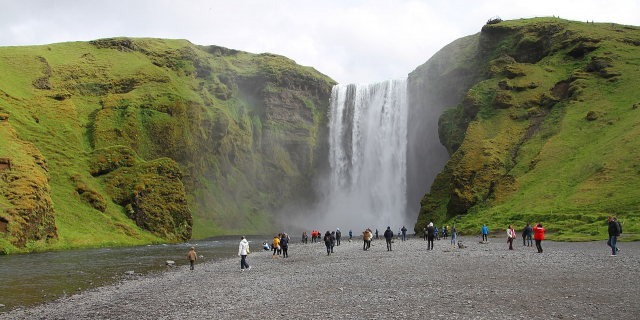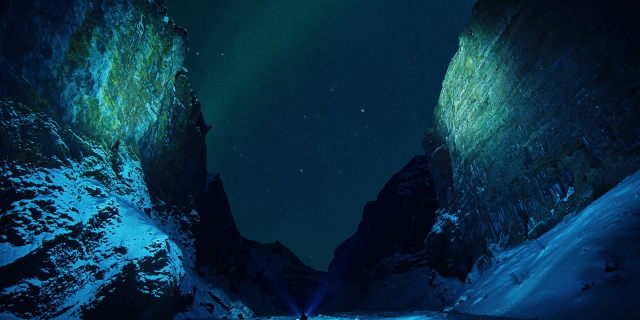Thridrangaviti Lighthouse
Þrídrangaviti Lighthouse (transliterated as Thridrangaviti) is an active lighthouse 7.2 kilometres (4.5 miles) off the southwest coast of Iceland, in the archipelago of Vestmannaeyjar. It is often described as one of the most isolated lighthouses in the world. Þrídrangar means "three rock pillars", referring to the three named sea stacks at that location: Stóridrangur (on which the lighthouse stands), Þúfudrangur, and Klofadrangur. The lighthouse was commissioned on July 5, 1942.
Photographies by:
voilier.evidence@gma… - CC BY 3.0
Zones
Statistics: Position
746
Statistics: Rank
139877
































Add new comment